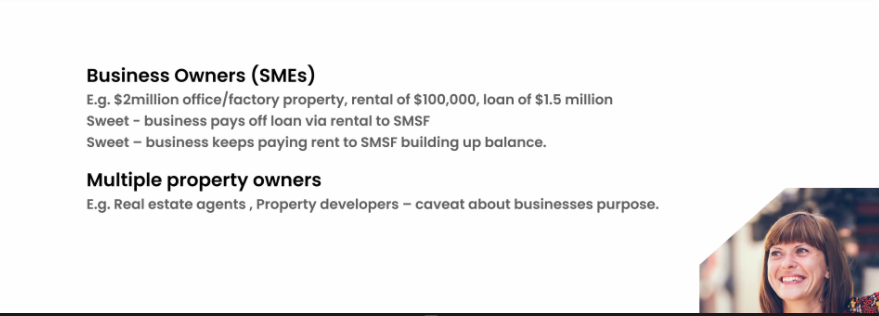Property
Commercial
Personal

"Many thanks to the Team at Finance and Mortgage Solutions which helped me to secure my bank loan without any fuss."
Resources
1. DE-CLUTTER YOUR BUDGET (AKA SPENDING PLAN)
After COVID, are you knee-deep in a year-end spending spree? Don’t worry; we’ve all been there. The holiday season often marks increased spending, so it’s a good time to haul out your family budget.
I’ll stop right there. First, stop thinking of your budget as, well, a “budget” as there are far too many negative connotations (spending anxiety, restrictive, feeling bad about purchases, fear of tiny little boxes, etc.)

Instead, start thinking of your Budget as a spending plan Your spending plan is a guide to help you use your money in ways that mean the most to you. When used correctly, it marries your money with your goals and values, which may mean higher spending months every now and then for travel, hosting, gifts, etc.
The key?
Take a close look at where, what, how, and why you’re spending money.
Knowing the answers to these questions can help you create a healthy cash flow plan. It can also help kick your not-so-awesome spending habits (we all have them!) like spontaneous purchases, retail therapy, keeping up with the Joneses, etc., to the curb.
By weaving in extra savings into your spending plan, you can have enough money to cover gifts, cook your fancy holiday dinner, and keep the lights on (literally).
2. MAX OUT YOUR RETIREMENT PLANS
Saving for retirement should be as commonplace as meal prepping for the week. By automating your investments, you create consistent, healthy habits to help you reach your goals.
When year-end rolls around, it’s a great opportunity to look at how much you saved relative to the annual maximums. Let’s take a look at 2021 numbers.
You can TOP up to $27,500 in your Super. The total contribution limit for this account is including an employer contribution see if this is an option for you). These numbers don’t include catch-up contributions
Examine how much money you’ve saved so far this year. Are you already maxing out your accounts? Can you contribute a little bit more to reach that number? A little goes a long way when it comes to investing and compound interest. If you really feel like you need to take baby steps, try increasing your contributions by 1% now or $100 a month and then set a reminder to do this again in 6 months.
Maxing out your retirement accounts isn’t only a huge bonus for “future you,” but it also provides a significant boost to your current financial situation. Contributions to your Super meaning that for every dollar you contribute, you actively lower your taxable income.